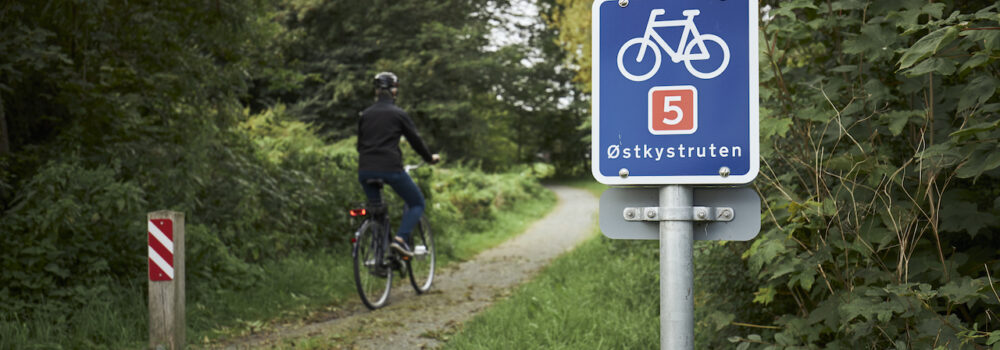EuroVelo is a European network of cycle routes. The foundation stone was laid in 1997, and today the network includes 19 routes of more than 90,000 km. Four routes go through Denmark:
- EV3 – The Pilgrimage Route: Follows the Hærvej route (N3)
- EV7 – The Sun Route: Follows Gedser-Helsingør (N9)
- EV10 – The Baltic Sea Cycle Route: Follows the southern part of the Baltic Sea Route (N8) and, mainly, Gedser-Helsingør (N9) to Copenhagen
- EV12 – The North Sea Cycle Route: Follows the West Coast Route (N1) og and the East Coast Route (N5) between Skagen and Grenå.
The network is centrally coordinated by the EuroVelo team at the European Cyclists’ Federation, ECF, in Brussels. In Denmark, Dansk Cykelturisme is the national EuroVelo coordination centre.


